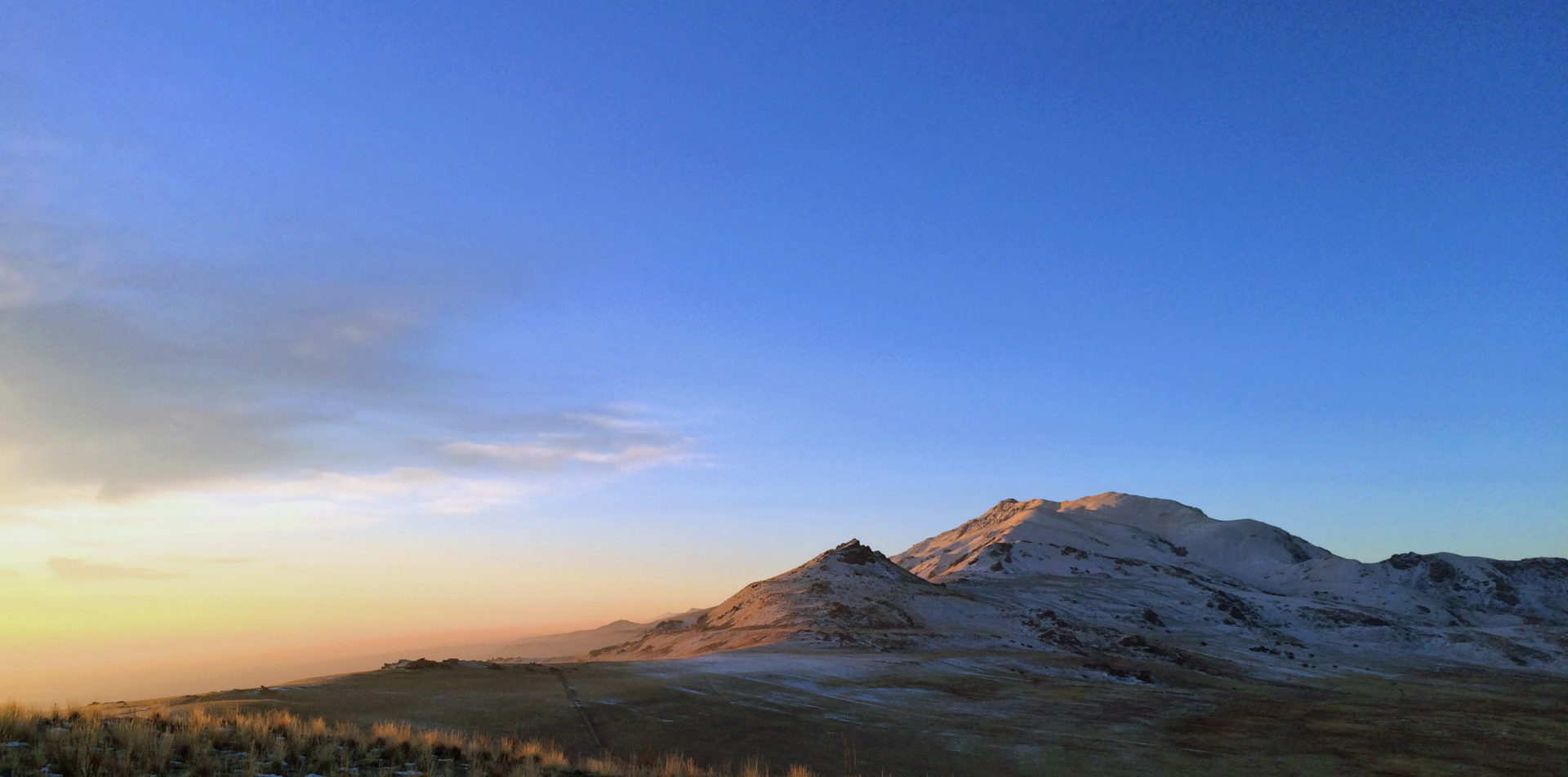A recent New Yorker piece by Paul Kramer, associate professor of History at Vanderbilt University, prompted this post. Of the many subtopics that make Borderlands History so fascinating is the constant inherent tension between the supposed impermeability and permanence of borders or international boundaries, and the constant forces that violate them. By definition, the boundary is meant to demarcate, impose order, and force a landscape to stay static. As history has proven, landscapes, nature, and people rarely cooperate with such impositions. My own work on Native landscapes bisected by Euro-American borders reflects this tension. I also love how non-human natural forces make borders problematic. Birds migrate across them freely, salmon swim by them with complete disregard, weather systems have the gall to float on past without checking through customs, etc… I love it. Nature’s complete disrespect for our attempts to draw lines upon it and say they must be respected.
In a similar vein, when we use natural features like rivers to define our borders, trouble is inevitable. Why? Because rivers move. They are, literally, a moving body of water. And yes somehow we have used them as borders, perhaps under the shortsighted assumption that while the water moves, surely, the river channel itself would not. Nope. Floods move river channels around constantly. My father’s family’s homestead in Washington sat along the Nooksack River. About a decade ago, the primary river channel moved from the opposing bank to the one against the family property. It quickly eroded away acres of land. When the channel moved away, acres of the land my uncle was paying property taxes on was now dry river river bed – which due to environmental issues he was not allowed to use. Frustrated, he donated it to the county as a Bald Eagle watching park. It made the best of a crummy situation (and the family still has an agreement to use the remaining riverfront land for reunions every year) but it highlights how messy things can get.
All the more so when said river is an international boundary!
This brings us to the primary purpose for writing today – the Chamizal, and a recent New Yorker article on the topic. The U.S.-Mexican border between El Paso and Ciudad Juárez is defined as the deepest point of the Rio Grande River. How did they not see the inherent problem with this. Of course, flooding quickly moved the river channel. By the mid-1860s, the southward push of the river channel had transferred hundred of acres from the Mexican to American side of the channel. This section is the Chamizal. What a mess.
Read Kramer’s write-up on the Chamizal here:

